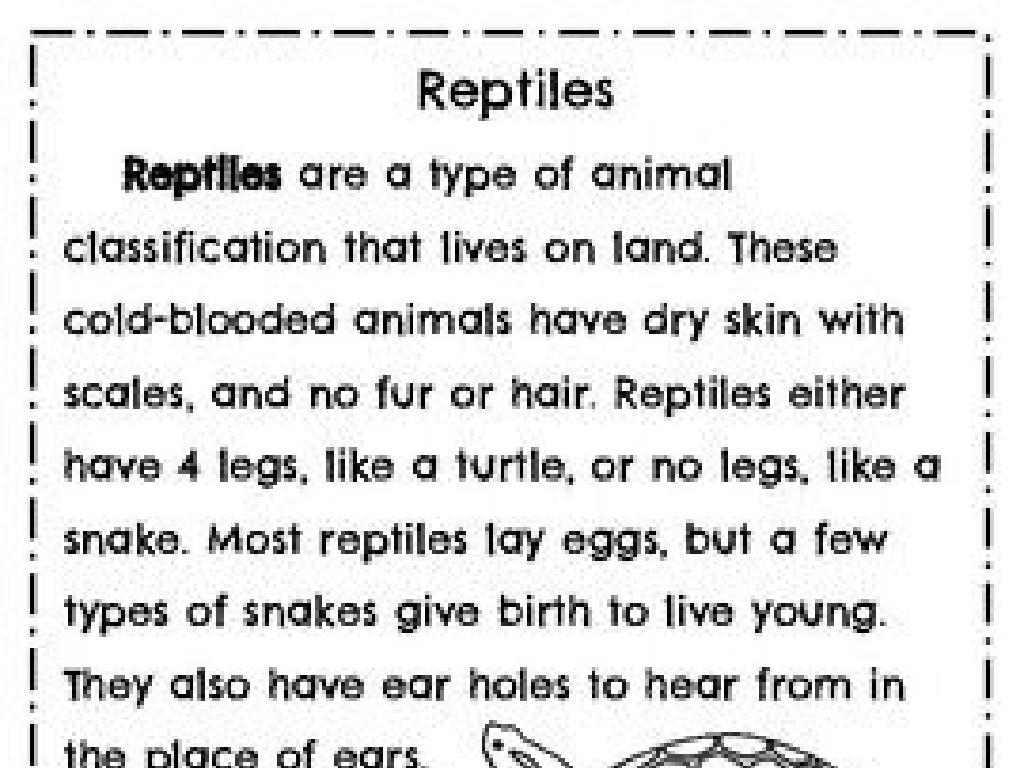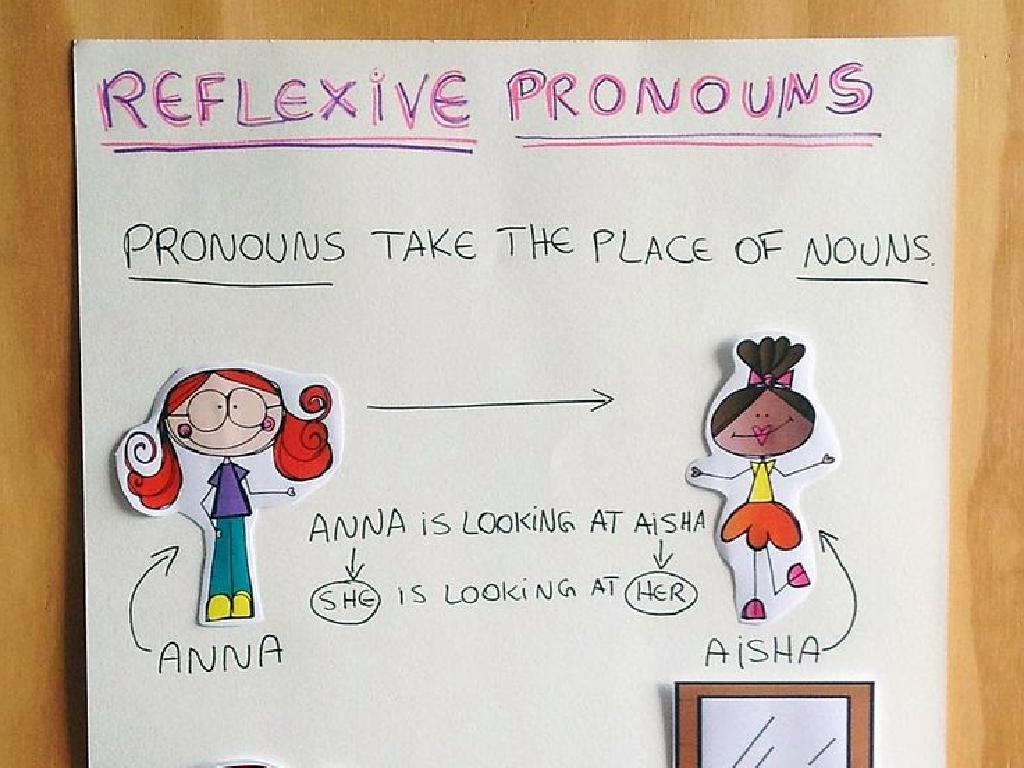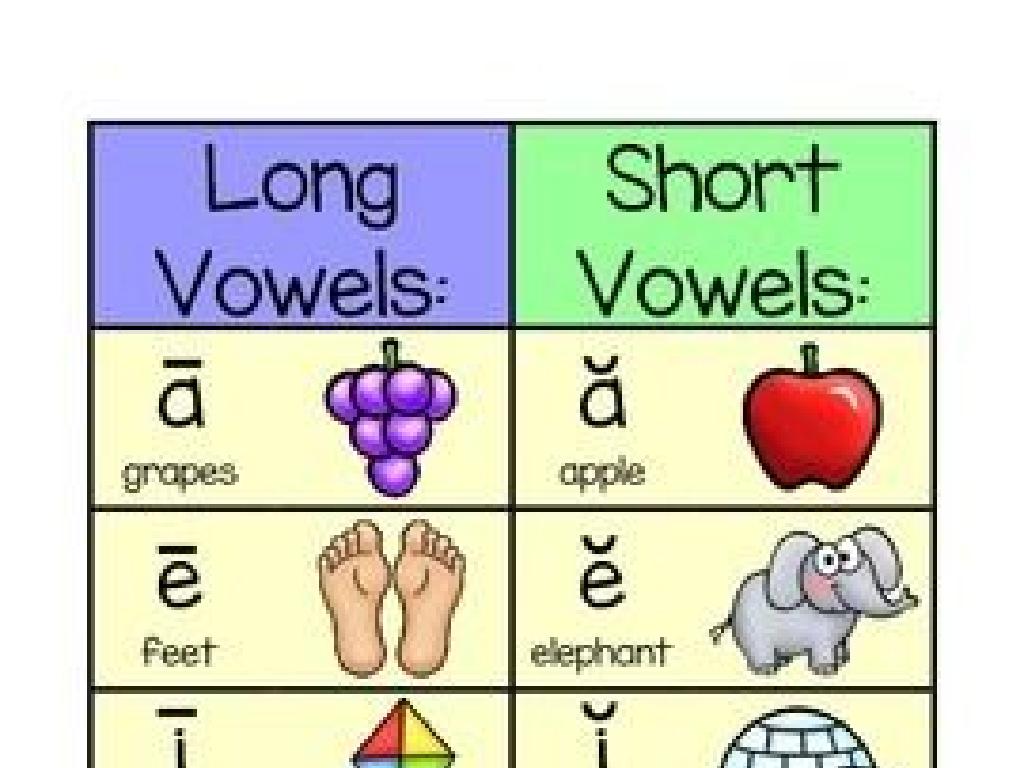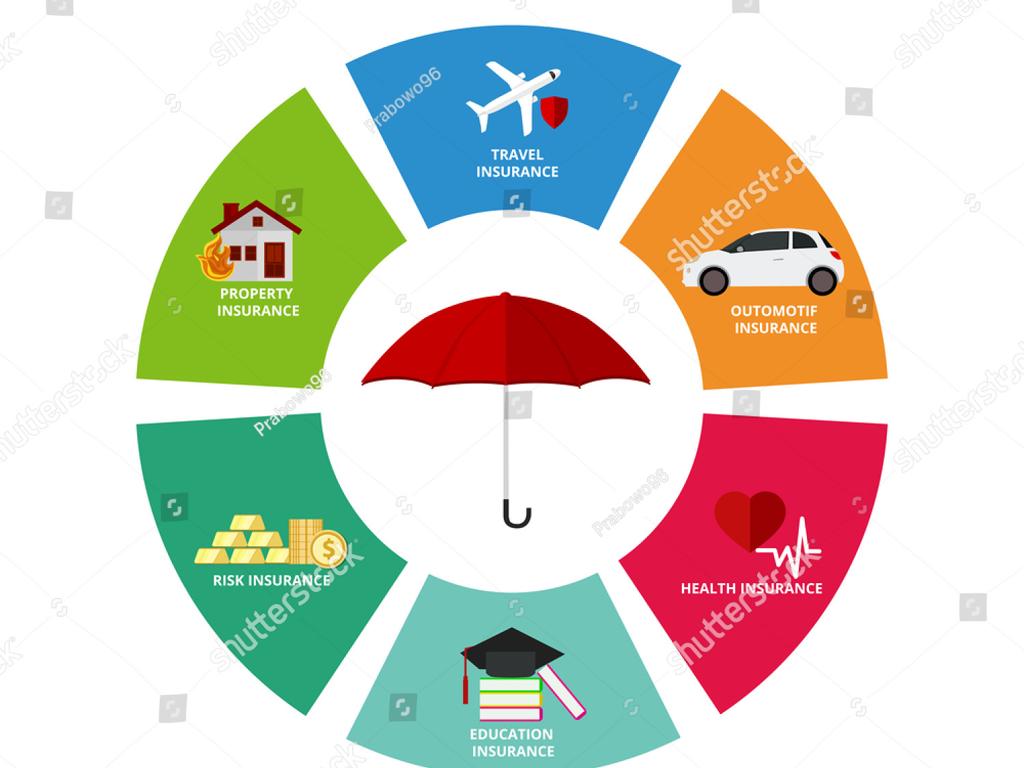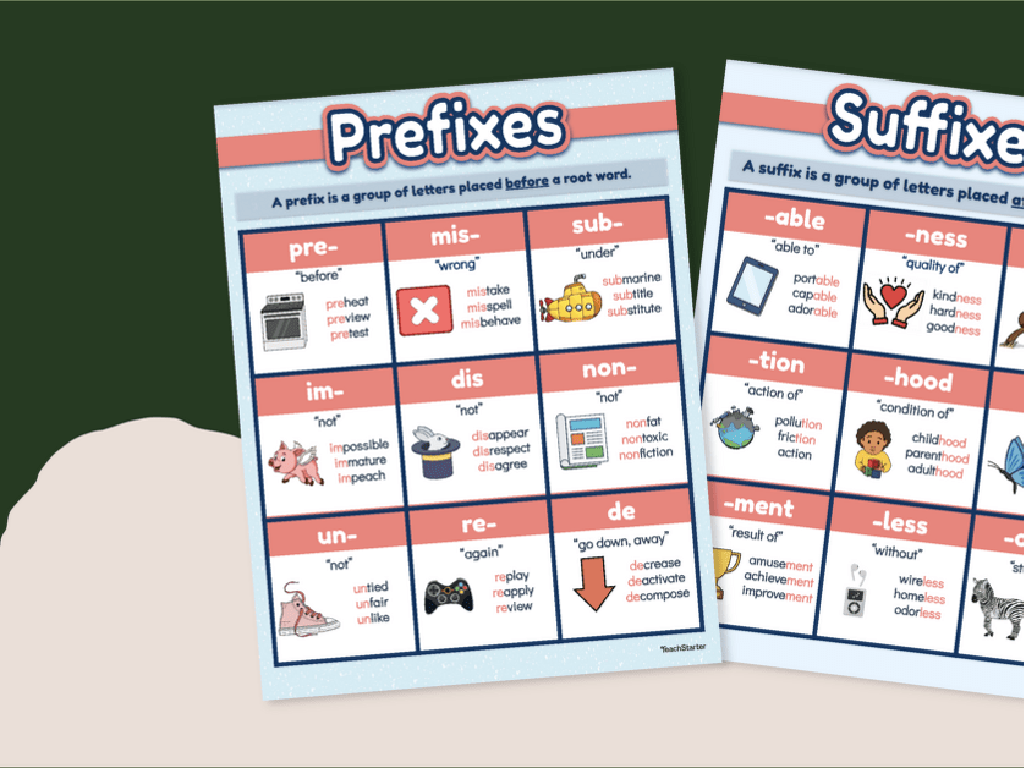Identify Flower Parts And Their Functions
Subject: Science
Grade: Fourth grade
Topic: Plants
Please LOG IN to download the presentation. Access is available to registered users only.
View More Content
Exploring Flower Parts and Their Roles
– Discover the diversity of plants
– Learn why plants are vital to ecosystems
– Plants produce oxygen and provide food
– Overview of flower anatomy
– Petals, stamens, pistils, and more
– Functions of different flower parts
– Each part plays a role in plant reproduction
|
This slide introduces the vast world of plants, emphasizing their beauty and variety. Highlight the critical role plants play in maintaining ecological balance, such as producing oxygen and serving as a food source. Transition to the main lesson by providing a sneak peek into the structure of flowers, explaining that each part has a specific function in the plant’s reproductive process. Encourage students to think about the flowers they’ve seen and how they might look different but have similar parts. This sets the stage for a more detailed examination of each flower part and its function in the following slides.
Exploring Flowers: Nature’s Reproductive Wonders
– What exactly is a flower?
– A flower is the reproductive structure of a plant.
– Flowers’ role in reproduction
– Flowers allow plants to produce seeds and fruit.
– Common flower traits
– Petals, stamens, pistils, and fragrance are typical.
– Observing flowers in nature
|
This slide introduces the concept of flowers as more than just beautiful objects; they are crucial to plant reproduction. Begin by defining a flower and its purpose in the life cycle of a plant. Explain that flowers are responsible for making seeds through the process of pollination and fertilization. Discuss the common characteristics of flowers, such as petals, which attract pollinators, and the stamens and pistils, which are the male and female parts, respectively. Encourage students to think of flowers they have seen and to observe flowers around them, noting these common traits. This will help them understand the diversity of flowers and their role in the ecosystem.
Flower Power: Learning the Parts
– Main parts of a flower
– Petals, Sepals, Stamen, and Pistil
– Petals: Attract pollinators
– Bright colors and sweet smells lure bees and butterflies
– Sepals: Protect the bud
– Green sepals act like a safety blanket for the unopened flower
– Stamen and Pistil: Reproduction
– Stamen makes pollen, Pistil is where seeds are made
|
This slide introduces the basic parts of a flower and their functions, tailored for a fourth-grade science class. Start by explaining the four main parts of a flower: petals, sepals, stamen, and pistil. Emphasize how petals are not just for beauty; they play a crucial role in attracting pollinators with their vibrant colors and enticing scents. Sepals are the flower’s first line of defense, safeguarding the delicate bud as it develops. The stamen and pistil are the reproductive parts of the flower, with the stamen producing pollen and the pistil being the site for seed development. Encourage students to think of flowers as small factories for making new plants, with each part having a specific job that helps the flower reproduce. Use real flowers or diagrams to illustrate each part and its function.
Exploring More Flower Parts
– Stamen: The male flower part
– Consists of anther and filament
– Pistil: The female flower part
– Made up of stigma, style, and ovary
– Pollination: Plant reproduction
– Transfer of pollen from stamen to pistil
– The role of stamen and pistil
|
This slide delves deeper into the reproductive parts of a flower, focusing on the stamen and pistil. The stamen, which is the male part, includes the anther where pollen is produced and the filament that holds the anther. The pistil is the female part, consisting of the stigma which catches pollen, the style which is a tube leading to the ovary, and the ovary where seeds develop. Pollination is the process where pollen from the stamen is transferred to the stigma of the pistil, leading to fertilization and the production of seeds. Understanding these parts helps students grasp the basics of plant reproduction. Encourage students to think about how these parts work together and why they are important for the survival of plant species.
Flower Parts and Their Roles
– Petals attract pollinators
– Bright colors and scents lure bees and butterflies
– Sepals protect the bud
– Green sepals act like a safety shield
– Stamen produces pollen
– It’s the male part, with anthers on top
– Pistil is the female part
– Includes stigma, style, and ovary for fertilization
|
This slide delves into the specific functions of the flower parts. Petals are often colorful and fragrant to attract insects and birds for pollination. Sepals are the outer coverings that protect the flower before it blooms. The stamen, consisting of the filament and anther, is the male reproductive part that produces pollen. The pistil, the female part of the flower, includes the stigma, style, and ovary, and is crucial for fertilization. Discuss the process of pollination and how it leads to fertilization, resulting in the production of seeds. Use diagrams to illustrate each part and consider bringing in real flowers for a hands-on examination.
Flower Dissection Activity
– Dissect a flower in class
– Gather flowers and tools
– Each student needs a fresh flower, dissection kit, and magnifying glass
– Follow dissection instructions
– Carefully cut and separate the flower parts without damaging them
– Label each flower part
– Use labels to name the parts like petal, stem, stigma, etc.
|
This hands-on activity is designed to help students learn about the different parts of a flower and their functions by dissecting a flower. Provide each student with a fresh flower and a set of dissection tools, including a magnifying glass to observe smaller details. Demonstrate the dissection process, showing how to carefully cut and separate the flower parts. Guide the students to identify and label each part, such as the petals, stem, stigma, anthers, and ovary. Discuss the role of each part in the life cycle of a plant. Possible variations of the activity could include comparing different types of flowers, sketching the dissected flower, or even a group presentation on their findings.
Flower Power: Review & Quiz Time!
– Recap: Parts of a flower
– Remember the petals, stem, leaves, and roots.
– Interactive quiz on flower functions
– Test what you’ve learned about each part’s role.
– Ask questions if you’re unsure
– Let’s clarify all your doubts!
|
This slide is designed to consolidate the students’ knowledge from the lesson. Begin with a brief review of the flower parts discussed: petals, stem, leaves, and roots, and their respective functions. Follow this with an interactive quiz to assess the students’ understanding of the material. The quiz can include matching parts to their functions, multiple-choice questions, or true/false statements. Encourage students to actively participate and ask questions about any part of the lesson they are unsure about. This is also an opportunity to address any misconceptions and provide additional explanations to ensure all students have a clear understanding of the topic. Possible activities could include a hands-on matching game, drawing and labeling a flower, or a group discussion to reinforce learning.
Flower Power: Summary & Homework
– Recap: Flower parts & functions
– Homework: Draw & label a flower
– Find a flower and carefully draw each part, then label them.
– Flowers’ role in nature
– Discuss how flowers help the environment, like bees pollinating.
– Our duty to protect flowers
– Remember to care for plants and not to pick too many flowers.
|
This slide aims to wrap up the lesson by summarizing the main points about the different parts of a flower and their functions. For homework, students are tasked with applying their knowledge by observing a real flower, drawing it, and labeling each part, such as the petals, stem, leaves, and more. Emphasize the importance of flowers in ecosystems, such as their role in pollination and supporting biodiversity. Encourage students to respect and protect natural flora. During the next class, review the homework, discuss their observations, and reinforce the lesson’s concepts.

